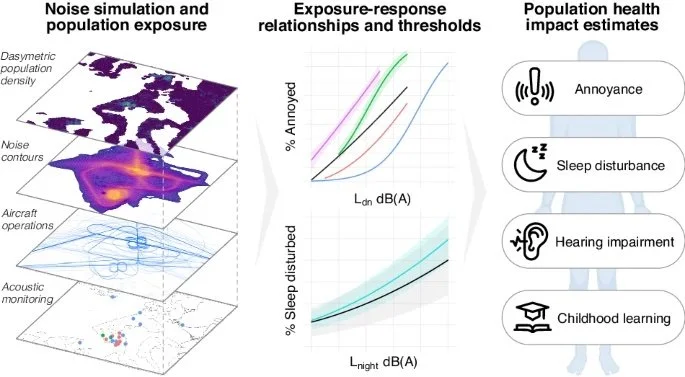Avian community composition and habitat relationships in secondary forests of the Pacific Northwest
2023 - ongoing
How does forest management effect avian habitat quality and biodiversity? In partnership with the Washington State Department of Natural Resources, we are using passive acoustic monitoring and machine learning to detect birds and characterize variation in avian community composition across the Olympic Experimental State Forest. This research will deepen our understanding of the ecological outcomes from conventional and experimental management practices.
Transfer learning methods for bioacoustic community monitoring
2023 - 2025
Few-shot transfer learning can enable robust acoustic monitoring of wildlife communities at the landscape scale. “Off-the-shelf” acoustic species classifier models have emerged as promising and accessible tools for conservation and biodiversity monitoring at scale. However, these models are not generalizable to applied surveys in the field due to differences in training source and applied domains. By using transfer learning, we can efficiently adapt a pre-trained BirdNET model to a new domain with a limited sample of training data taken from a study region. This approach improves detection performance and enables reliable, automated acoustic community monitoring at scale. An open source repository contains the transfer learning workflow, programming examples, and a graphical user interface for ensemble model prediction.
The Nature Conservancy biodiversity credit protocol
2025 - ongoing
The Nature Conservancy Washington is studying the potential for using biodiversity credits to sustain biodiversity goals in the state. Together with the TNC science team, we are testing a protocol on multiple coastal forest preserves to understand how the crediting system functions with real biodiversity data derived from wildlife cameras and ARUs. Beyond biodiversity credits, these data will also provide robust information on the diversity and abundance of mammals and birds across TNC forest preserves varying in the extent and timing of protection and restoration actions.
WABAD: A worldwide annotated dataset for passive acoustic monitoring of birds
2023
WABAD is an extensive, openly available dataset of annotated avian vocalization data from around the world for the purposes of evaluating bioacoustic technology performance, including acoustic data we have collected consisting of a variety of avian species vocalizations from the Pacific Northwest. We used these data to investigate optimization of passive acoustic bird surveys using variable BirdNET configuration settings.
Population health impacts of military aircraft noise pollution exposure
2022 - ongoing
While the adverse health effects of civil aircraft noise pollution are relatively well studied, impacts associated with more intense and intermittent noise from military aviation have been rarely assessed, in part due to a lack of environmental noise legislation. We evaluated the public health risks of military aircraft noise by developing a systematic workflow that uses acoustic and aircraft operations data to map noise exposure and predict health outcomes at the population scale. This project is conducted in collaboration with Sound Defense Alliance, Citizens of Ebey’s Reserve, and Omfishient Consulting.
Augmented Audio Lab for Magic Leap
2018
Sennheiser’s AMBEO Augmented Audio Lab is an immersive music studio for exploring the new possibilities of spatial audio in augmented reality applications. In the lab you can see, create, capture, and interact with sounds as if they were physical objects. Record sounds from the real world into loops, or combine them with a variety of included sounds to transform your environment into an interactive audiovisual soundscape. This application is the culmination of published research in audio hardware and software technologies for augmented reality with the Audio Engineering Society.
Ambeo Orbit Binaural Panner
2018
Ambeo Orbit was Sennheiser’s free binaural panning plugin for digital audio workstations, designed to facilitate mixing immersive binaural content. Position mono or stereo sources in the 3D sound field, avoiding the unwanted filtering coloration with the patented clarity control. Additionally, the unique interface for creating binaural room reflections allows you to drastically improve spatial accuracy. Today, Ambeo Orbit has been merged with Dear Reality’s suite of audio processing software.
Broadcasting spatial audio from live musical performances
2017
Colleagues from Sennheiser and I conducted a series of experiments to explore the equirements and best practices of recording, mixing, and streaming broadcasts of live music performances in binaural and ambisonics formats (i.e. “spatial audio”). We developed optimal workflows for incorporating and executing 3D audio streams with existing in-house infrastructure, as determined from our experience gathered testing and broadcasting public concert events in partnership with Moods jazz club in Zurich, Switzerland, and Vienna State Opera in Vienna, Austria. The research results were published with the Audio Engineering Society.

